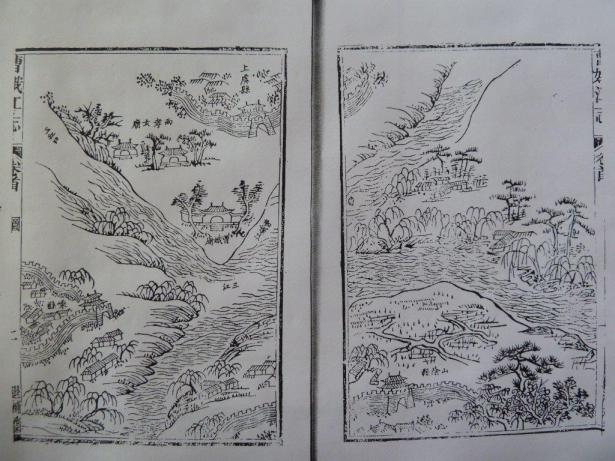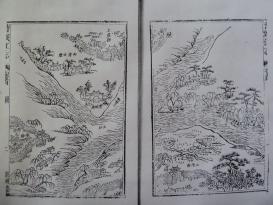In my project, I intend to examine daughterly filiality as a discursive formation constructed between the medieval and late imperial period (5th-19th centuries) with changes in nuances, discontinuities, and new practices arising over time with implications for the modern period. By the Ming and Qing, filial daughters are represented in a broad range of historical and literary genres from biographical records from dynastic histories to local gazetteers, and from didactic literature to life narratives in private and commemorative writings, vernacular fiction, women’s tanci novels, and poetry. By gathering data from significant source materials, I aim to historicize the emergence of the filiality of unmarried daughters and examine what patterns, events, and themes constituted the expression and embodiment of filiality in the lives of these women. Ultimately, I am interested in recovering how women’s emotions and bodies were implicated in the production and distinct practices of daughterly filiality and what this discursive formation signified for women’s agency and subjectivity in the patrilineal ideology of imperial China. A vital component of the project is the utilization of new digital technologies and methods. In addition to the Ming Qing Women’s Writings digital archive and database, the 4000 digitized local gazetteers from the Zhongguo fangzhi ku at the Max Planck Institute for the History of Science will be an invaluable resource for mapping the temporal and spatial reach of the phenomenon of filial daughters in imperial China, and will allow me to pursue prosopographical and other studies.

Map, Shrine of Filial Daughter Cao’e (130-143) and of Two Filial Daughters. Gazetteer of Cao’e River (19C).

